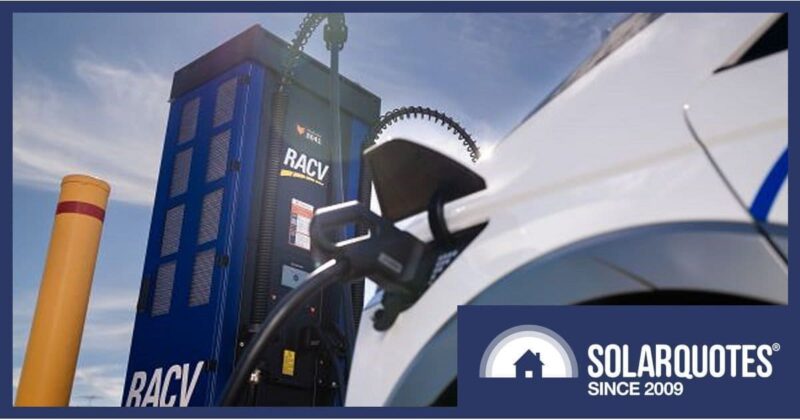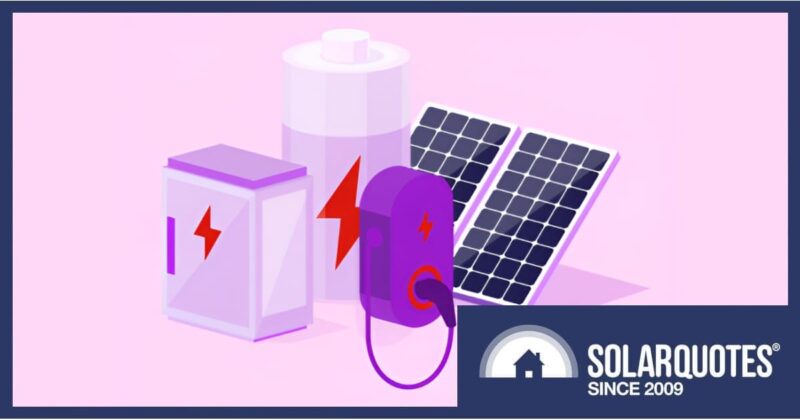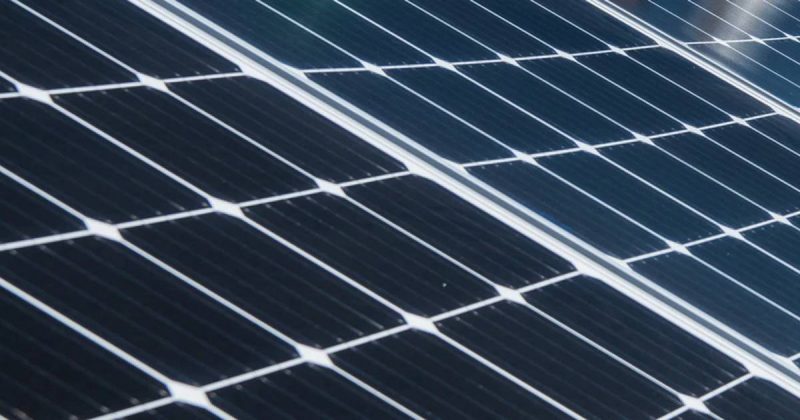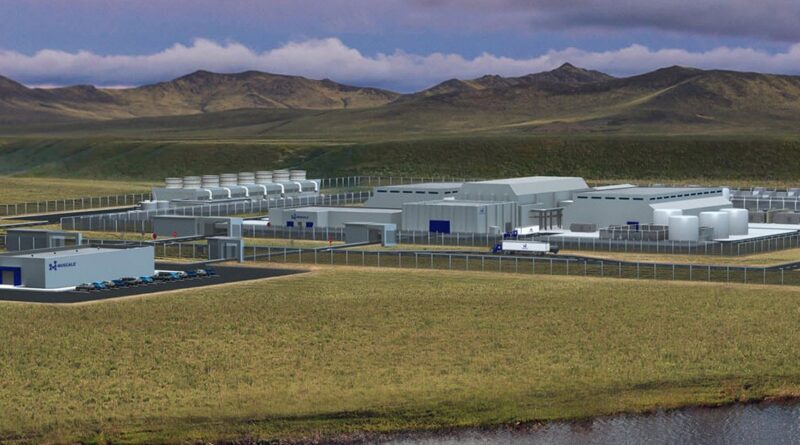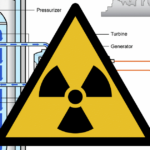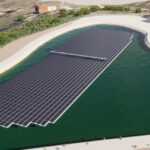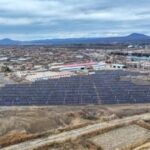Final Green Light For Nuclear SMR Design From US Feds
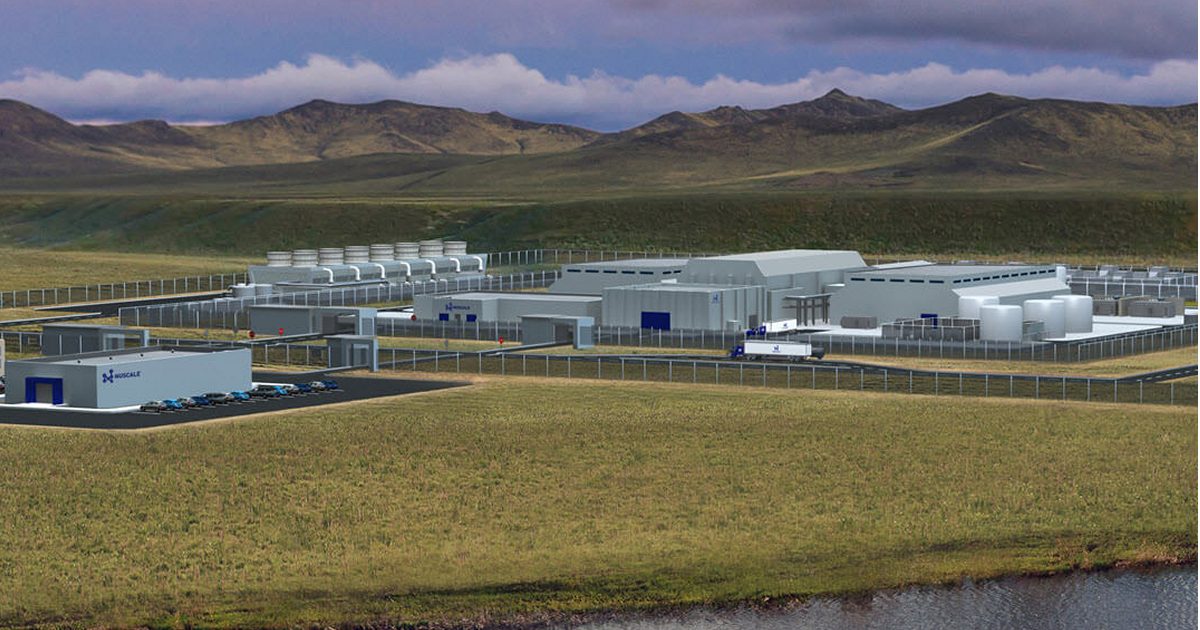
It’s official – the U.S. Nuclear Regulatory Commission has published its final rule giving the thumbs-up to NuScale Power’s small modular reactor, the first SMR design certified by the NRC.
As the term suggests, a small modular reactor is smaller in size than conventional nuclear reactors. Some of the claimed benefits of SMR-based plants compared to their larger counterparts include lower capital costs, modular design, increased safety and lower emissions.
The approved NuScale Power design is for an advanced light-water SMR rated at 50MW capacity, but NuScale is also in the process of seeking approval to boost this to 77MW. A NuScale VOYGR SMR power plant can house up to 12 factory-built power modules – so, up to 600MW as things currently stand or 924MW should the upgraded power module design pass muster.
“SMRs are no longer an abstract concept,” said Assistant Secretary for Nuclear Energy Dr. Kathryn Huff. “They are real and they are ready for deployment thanks to the hard work of NuScale, the university community, our national labs, industry partners, and the NRC.”
SMR = Pricey Power
On the deployment side of things, the USA’s Department of Energy is currently working with Utah Associated Municipal Power Systems (UAMPS) on a project to demonstrate a six-module NuScale VOYGR plant at Idaho National Laboratory.
But as this project has progressed, the price of electricity from the yet-to-be-built plant keeps increasing – which is no surprise where nuclear power is involved.
The original target price was USD $55 per megawatt-hour (MWh). That crept up to $58/ MWh in 2021. Back in November last year, we mentioned David Schlissel from the Institute for Energy Economics & Financial Analysis (IEEFA) predicted prices from the project were likely to end up in the range of $90-$100 per MWh. And that’s after a $1.4 billion subsidy from the DoE and an Inflation Reduction Act (IRA) subsidy of $30 per MWh.
A new and much more detailed cost estimate from NuScale and UAMPS released this month pegs the target price for energy from the proposed SMR project at $89/MWh according to Mr. Schlissel. This is due to a 75% increase in the estimated construction cost for the project, which has jumped from $5.3 to $9.3 billion dollars.
The $89/MWh is in 2022 bucks and Mr. Schlissel says assuming a 2% inflation rate through to 2030, cost of electricity from the plant would be $102/ MWh.
“The new estimate makes the NuScale SMR about as expensive on a dollars-per-kilowatt basis ($20,139/kW) as the two-reactor Vogtle nuclear project currently being built in Georgia, undercutting the claim that SMRs will be cheap to build,” says Mr. Schlissel.
While the cost of anything first-of-its-kind tends to be high initially, conventional nuclear power projects are notorious for cost blowouts and it would seem SMR plants will follow suit. And Mr. Schlissel warns there’s likely to be more increases as the project continues to evolve.
“.. no one should fool themselves into believing this will be the last cost increase for the NuScale/UAMPS SMR.”
Cost is the major reason Australian power stations will never go nuclear – SMR or otherwise – even if Australia’s ban on nuclear energy was lifted. Renewables are already and will continue to be the cheapest new-build electricity generation option in Australia, even when including storage and transmission costs.
Original Source: https://www.solarquotes.com.au/blog/usa-nuclear-smr-mb2799/
